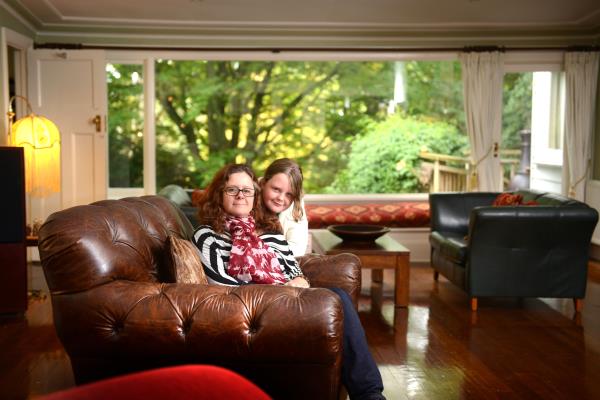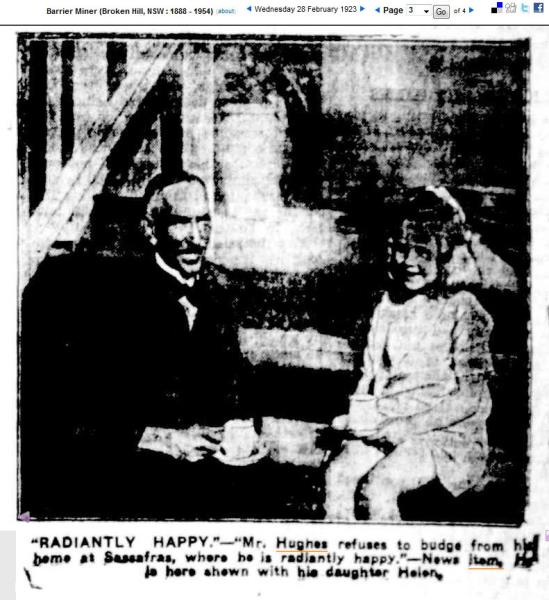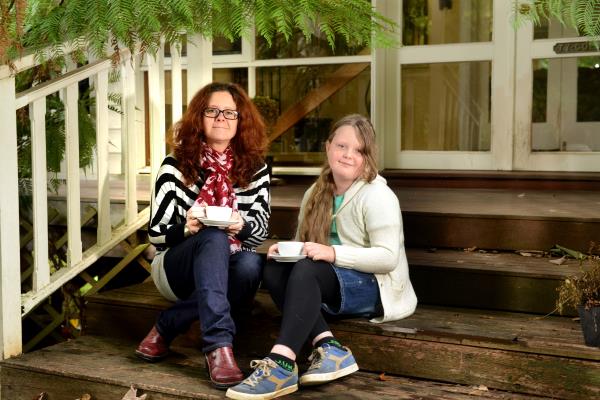“It was an abode of peace and loveliness“ – William ‘Billy’ Hughes
By MARK CLANCY
DEAF, diminutive, abrasive and wizened are not exactly the qualities for high political office, but that didn’t deter the Little Digger, Prime Minister William ‘Billy’ Hughes.
Variously described as a “pestiferous varmint” and as being too deaf to listen to reason, too loud to ignore and too small to hit, he led the country from 1915 to 1923.
To get away from the pressures he retreated to his Sassafras home Ty Coed, from his native Welsh meaning The House By The Wood.
It was while in Sassafras that he battled twice to introduce conscription and brought Australia onto the world stage, most famously when he fought for his notorious concessions in the Treaty of Versailles at the end of World War I.
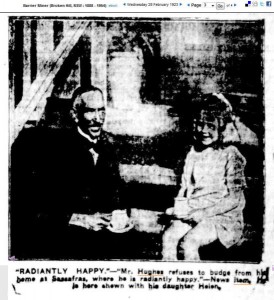
Some historians say his demands for punitive reparations against Germany sowed the seeds of the next global conflict.
“We just love the house,” said Catherine Court, who bought the property with her family in 2004.
“My husband and I grew up in old houses and I love the fact that it’s got character and a history. That’s what drew us to it.
“I love that there’s a few creaks and bumps in the night. It adds to the interest of where we’re living.“
Hughes made his home in Kew after he married his second wife Mary in 1911 and their beloved daughter Helen was born when he became PM at the age of 52.
It is thought he built the Panteg Road weekender about that time.
Then the Commonwealth Government sat in the current State Parliament, so Sassafras was a welcome retreat from the cut-throat politics of the day, even if it was Hughes who was often wielding the blade.
He was also a keen golfer at the Emerald Country Club, fought bushfires with the locals and rode the wooded gullies on horseback.
In 1920 the Prince of Wales, later the abdicated Edward VIII, came to the hills as part of his official tour to thank Australians for their contribution to the war.
On one of his official engagements he planted an acacia tree, which was brought back from Jerusalem by a returned soldier, at the end of the nearby fledgling avenue of honour.
The Prince of Wales greeted schoolchildren and gave them a signed letter as a keepsake.
But worn out by the enthusiastic reception of the Australian crowds, he delayed the next leg of his tour to Sydney and took a week-long holiday as a guest of the Hughes family.
Using horses from the now disused and built-over stables under the house, the prince and Hughes made several well reported rides through the bush, one to Olinda, and stopped for billy tea along the way.
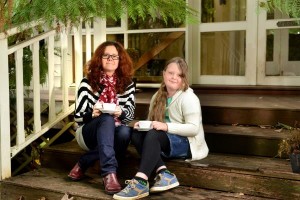
Some people rode with the prince, while others remembered the Royal party passing their front gate.
Hughes was forced to resign as prime minister on 9 February 1923 and two week later was photographed on the home’s front verandah steps with the then seven-year-old Helen.
One of the newspapers which published the photograph was the now defunct Broken Hill Barrier Miner which captioned it “Mr Hughes refuses to budge from his home at Sassafras”, probably in reference to his political demise.
Hughes doted on his daughter after having become estranged from the children of his first marriage.
But tragedy was to befall Hughes when it is thought that Helen fell pregnant while still single and died in London during a caesarean birth in 1937 at the age of 21.
The boy survived only to be disowned by the elder statesman and as of 2004 was living in Sydney under a different name.
Ms Court, who owns the nearby Courtyard furniture shop, said the rear of the house has been extensively extended since it was owned by Hughes.
“It would have been a lot smaller in his day.
“The front of the house must be similar to how it used to be but it’s hard to tell how much of the rest is original.
“Possibly the living area is the same and I think the children’s bedrooms are verandah areas that were enclosed.“
In June 1941 Hughes reluctantly sold the five-acre property to Mrs E.E. Dartnell for £1,090.
“It was an abode of peace and loveliness,“ Hughes said at the time.
“I have always thought this part of the Dandenongs to be one of the world’s most beautiful spots.
“I spent some happy days there, and there is woven about it many sentimental and historic ties.”

